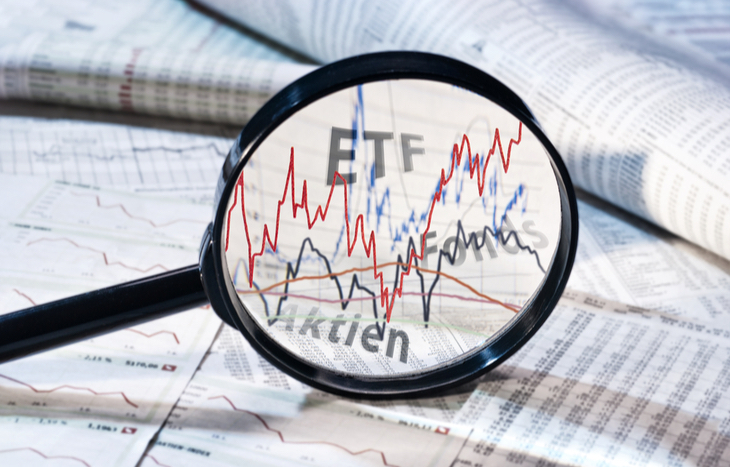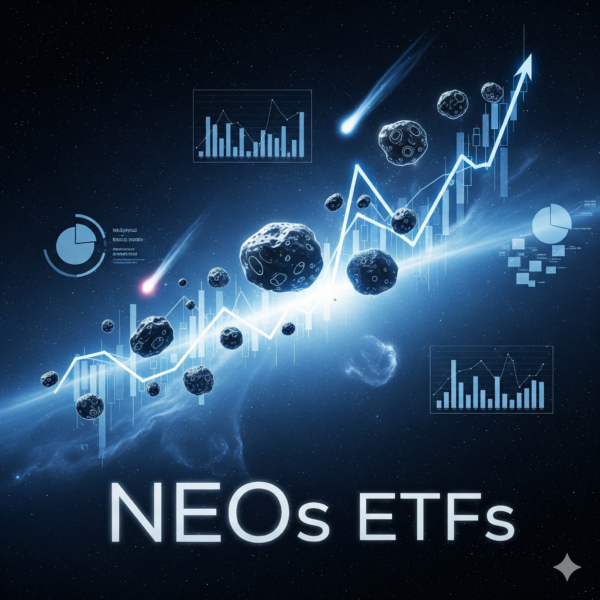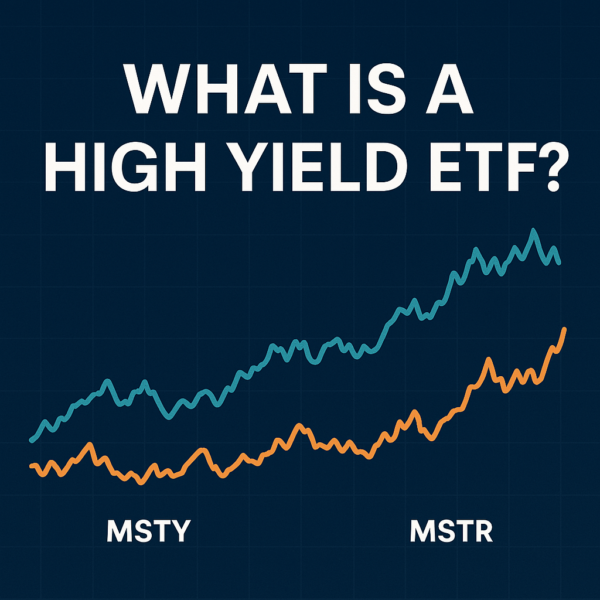Popular ETFs to Buy Now
The most popular ETFs share one thing in common. In addition to investors pouring lots of money into them, many of the most popular ETFs are dominated by investment behemoths.
However, there’s another side to ETF popularity. Millennial investors especially are looking for ETFs that match their values. For instance, they can find them via ETFs dedicated to socially responsible investment choices.

Popular ETF Sectors
For 2021, the best-performing ETF sectors were:
- Energy
- Real estate
- Technology
- Financials
- S&P 500
- Consumer discretionary
- Materials
- Healthcare
- Industrials
- Communications
- Consumer staples
- Utilities
Of course, the war in Ukraine is turning the world upside down. The most popular ETFs for 2022 may prove completely different. For now, we’ll examine some of the most popular ETFs in various sectors.
Popular ETFs
The most popular ETFs in various categories include:
No. 1 Vanguard Total Stock Market ETF (VTI)
Equities are soaring. And, it’s no surprise that a total stock market ETF from investment giant Vanguard would prove one of the most popular ETFs. In addition, it’s Vanguard’s largest ETF.
With assets under management a whopping $1.3 trillion, this ETF tracks the performance of the Center for Research in Security Prices (CRSP) US Total Stock Market Index. And this index currently holds 4,136 stocks. Its one-year return before taxes for 2021 was 25.64 percent. The three-year return was very similar, at 25.76 percent.
Vanguard is renowned for its low management expense ratio, and VTI’s is just 0.03 percent.
No. 2 iShares Broad USD Investment Grade Corporate Bond ETF (USIG)
As its name reveals, this ETF is issued by BlackRock, the world’s largest asset fund manager. This ETF is the most popular corporate bond ETF. It seeks to track the results of the ICE® BofA® US Corporate Index. In addition, at least 90 percent of its assets are generally invested in the underlying index. These are about 9,000 holdings.
As with many corporate bond funds, USIG was down over the past year. It lost 1.29 percent. Its three-year average annual return was 7.26 percent.
This ETF has $6.3 billion in assets under management. Its expense ratio is 0.04 percent.
No. 3 iShares Core S&P 500 ETF (IVV)
This BlackRock ETF boasts $207 billion in assets under management. Yes, it tracks the 500 stocks in the S&P 500. Its investment objective is straightforward, as it “seeks to track the investment results of an index composed of large-capitalization U.S. equities.” Further, it’s a good choice for new as well as more experienced investors.
IVV’s expense ratio is 0.03 percent. The average annual total return for one year was 28.66 percent. Over a three-year period, the total return was 26.03 percent.
No. 4 Vanguard Real Estate Index Fund (VNQ)
When it comes to the most popular ETF in real estate, there’s no comparison. Vanguard’s VNQ takes the prize. With $84.7 billion in assets, this ETF holds 168 stocks. The bulk is involved in specialized Real Estate Investment Trusts (REITs), at 36 percent. It’s involved in residential REITs, at 15 percent. And, industrial REITs at 12.5 percent. VNQ has no foreign holdings. Its expense ratio is 0.12 percent.
In addition, its NAV increased by approximately 20 percent in 2021. Over a ten-year period, the NAV is increasing 9.57 percent annually.
No. 5 Invesco QQQ ETF (QQQ)
Among the most popular tech ETFs, QQQ tracks the Nasdaq 100 index. As of December 31, 2021, QQQ was the most traded ETF in the U.S. based on average daily trading volume. And, in 2021, QQQ NAV returned 23.19 percent.
Environmental Social and Governance ETFs
Many younger investors want to put their money where their values lie. That’s contributed to the rise of Environmental Social and Governance (ESG) ETFs in recent years. ESGs were formerly known as socially responsible investments.
Companies involved specifically in weapons, alcohol, gambling and tobacco are excluded from most ESG ETFs. Inclusion criteria include rankings based on the index concerning:
- Adult entertainment
- Climate change impact
- Ethics
- Natural resources use
- Regulatory compliance
- Waste and emission safety
Currently, there are about 70 ESG ETFs in the U.S. While not the best-performing ETFs, investors are putting a great deal of money into them.
Popular ESG ETF examples include:
iShares MSCI KLD 400 Social ETF (DSI)
One of the largest ESC ETFs, DSI has $3.6 billion in assets under management. As its name implies, the ETF limits its holdings to around 400 companies. DIS’s investment objective states that its index tracks the investment results composed of U.S. companies with “positive” ESG characteristics.
As of December 31, 2021, the one-year total return was 31.30 percent. Since its inception in late 2006, this ETF has an average annual return of 10.61 percent. In addition, the expense ratio is 0.25 percent.
SPDR S&P 500 Fossil Fuel Reserves Free ETF (SPYX)
This ETF has $1.2 billion in assets under management. However, it does not include S&P 500 companies owning fossil fuel reserves. SPYX was developed as a potential replacement for those investors seeking to eliminate fossil fuels from their portfolios.
SPYX defines fossil fuel reserves as “economically and technically recoverable sources of crude oil, natural gas and thermal coal.” It makes up nearly 25 percent of investments, with healthcare at 14.57 percent and financials at 13 percent.
For 2021, the fund has a one-year return of 15.31 percent and a three-year return of 18.34 percent. In addition, its gross expense ratio is 0.20 percent.
Popular ETF Considerations
Most importantly, when considering ETFs, keep in mind that popularity is not a constant. The popular ETF, like the hot mutual fund, of one year may not prove so in following years. Always remember the old disclaimer that “past performance is not indicative of future results.” Above all, in investing, due diligence is critical.





